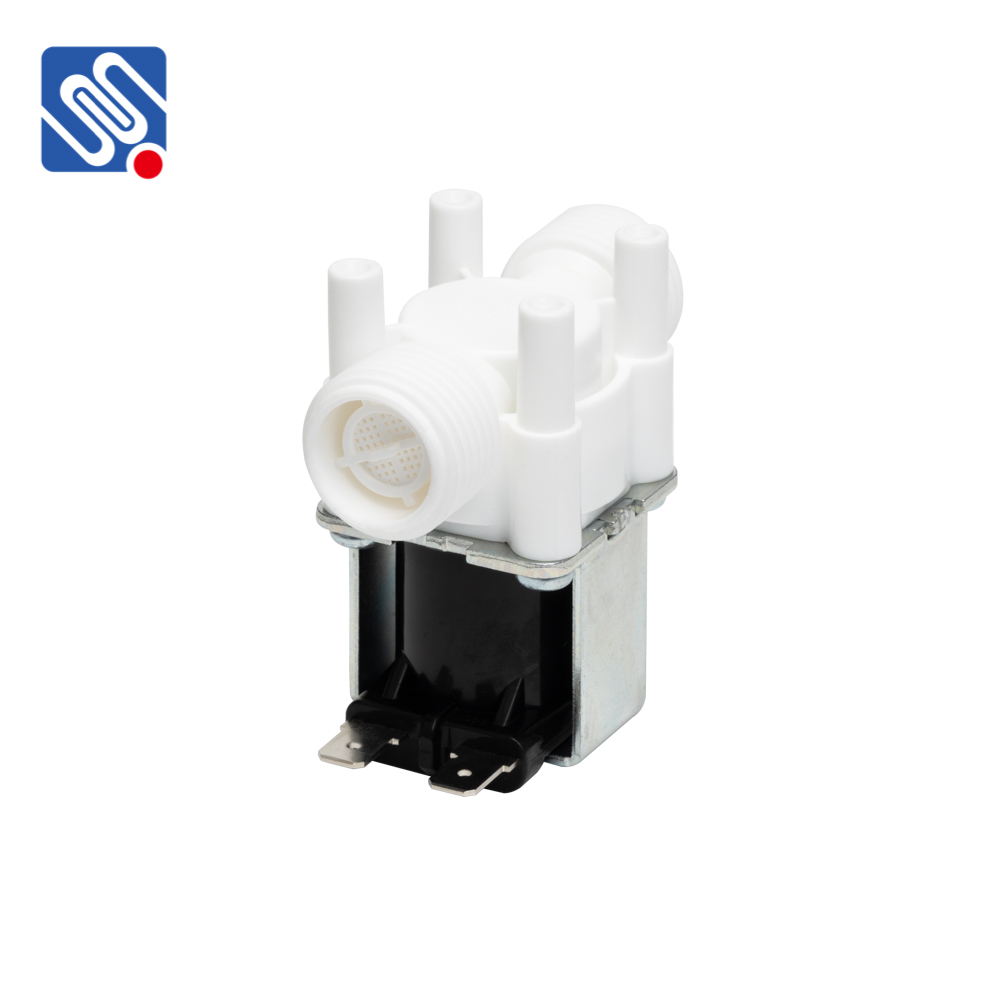In modern buildings, efficient water supply management is crucial for ensuring a steady flow of water, minimizing waste, and enhancing convenience. One of the key components in this system is the Building Water Supply Solenoid Valve, a critical device used to control water flow automatically. This article explores the working principle, applications, types, advantages, and maintenance of solenoid valves in building water supply systems.

What is a Building Water Supply Solenoid Valve? A Building Water Supply Solenoid Valve is an electrically operated valve that uses electromagnetic force to control the flow of water. It consists of an electromagnet (the solenoid) that, when energized, actuates the valve mechanism, allowing or stopping the passage of water through the pipes. Solenoid valves are commonly used in automated systems where water needs to be controlled remotely or based on certain conditions, such as time of day or water pressure. These valves are integral parts of building water supply systems, particularly in modern setups that prioritize automation and energy efficiency. They are found in a wide range of applications, from residential homes to large commercial and industrial buildings.
Leave a Reply